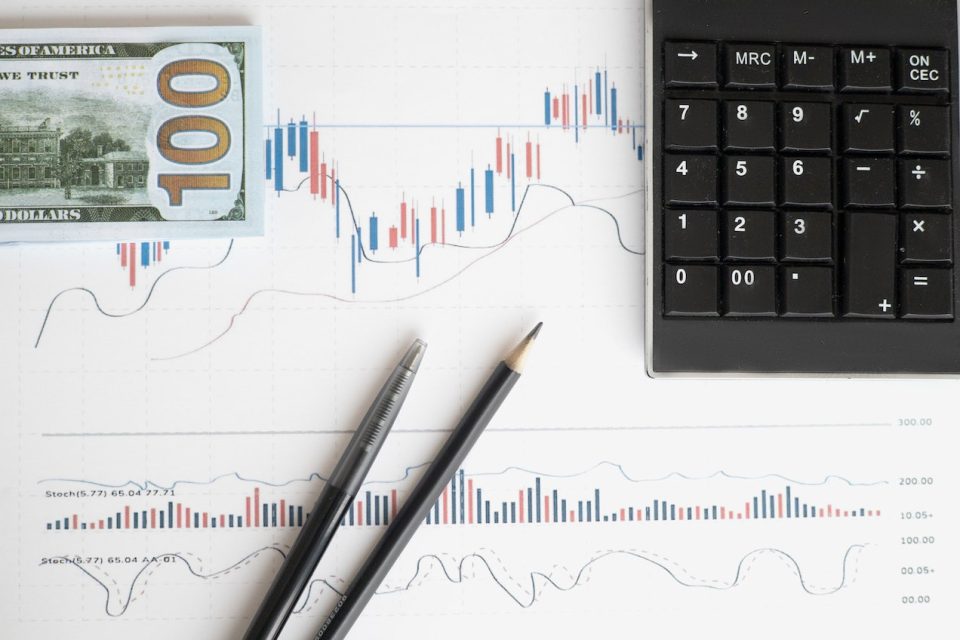In a notable financial development, Treasury yields experienced a significant surge on Wednesday, with the 10-year Treasury reaching 4.9%, a level not witnessed since 2007. This sudden surge in Treasury yields had a consequential impact on the stock market, leading to a decline in stock prices.
Historically, the market anticipates a year-end rally in stocks; however, the persistent sell-off in bonds is now casting a shadow over what has otherwise been a robust year for equity markets. As investors divest from bonds, prices experience a downturn, subsequently causing yields to rise. The ongoing slump in the bond market this year has amplified the significance of approaching a significant benchmark like 5% for the 10-year yield. Much akin to the allure of Dow 30,000 back in 2020, this figure has become a psychological focal point for investors.
Nonetheless, it is not the absolute numerical value that rattles the markets, but rather the swiftness of the fluctuation in prices and rates. Traditionally, bonds are viewed as the uneventful, steady component of a portfolio that undergoes minimal movement. After all, Treasury bills, notes, and bonds are considered ‘risk-free.’ Nevertheless, the assurance that the US government will honor its debt obligations does not equate to an expectation that the value of these securities will remain steadfast over time – a lesson investors are presently reacquainting themselves with amid the Federal Reserve’s series of rate hikes.
This Treasury market upheaval coincides with the stock market’s continued fixation on a select group of high-performing stocks, now collectively known as the “Magnificent Seven.” Torsten Sløk, Chief Economist at Apollo, highlighted on Wednesday that the price-to-earnings (P/E) ratio for the S&P 493, which excludes Apple, Alphabet, Microsoft, Amazon, Meta, Tesla, and Nvidia, has held steady at approximately 19 throughout the year. Conversely, this smaller cluster of stocks has experienced a surge of over 50% in their collective P/E, escalating from 29 to 45. This indicates that investors are not uniformly optimistic about the prospects of most companies, but are specifically drawn to a few.
Sløk underscored the anomaly of tech stocks’ persistent overvaluation occurring in a year marked by a substantial increase in long-term interest rates. Given that tech companies generate cash flows well into the future, they should theoretically be more adversely affected by hikes in the discount rate. While expectations for the future cash flows of this “Magnificent” group may be ambitious, these companies are currently generating substantial cash flows. Still, Sløk contends that this tech-driven surge is at odds with the concurrent rise in yields.
In summary, an impasse looms. Either stock prices must align with the prevailing interest rates, or long-term interest rates must adjust to mirror the current stock prices. Beyond this, there exists a multitude of factors that could influence stock prices and risk-taking, contingent on the trajectory of inflation uncertainty.
Ultimately, for investors, the duration of the yield surge is pivotal, as it heightens the likelihood of a policy misstep by the Federal Reserve – whether it be insufficient tightening or excessive restraint. This raises the specter of the Fed inadvertently precipitating a financial disturbance, and only time will unveil the true extent of the consequences.
Source: Yahoo Finance

